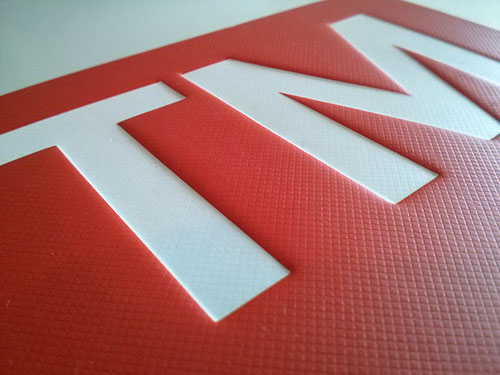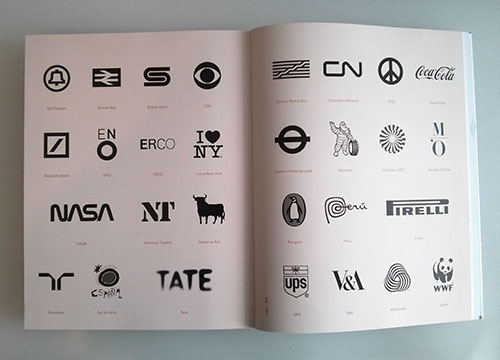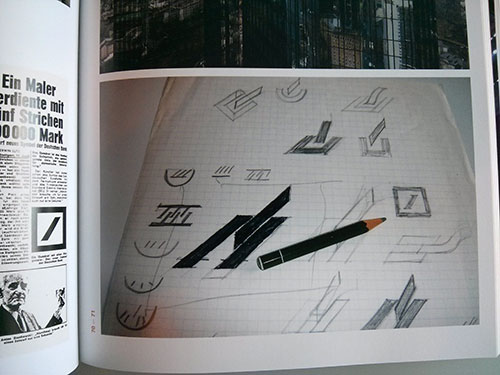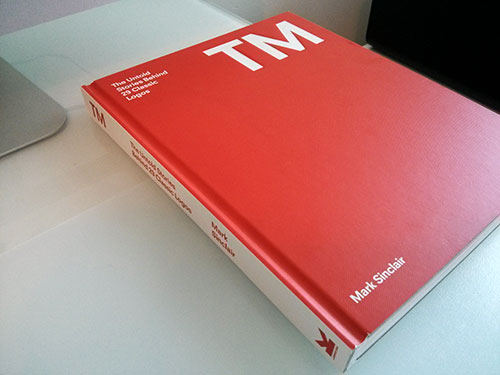Hear me Squeak


Established in 2002, Sensis is an Australian company that provides a network of local search and digital marketing solutions for small and medium businesses; this includes familiar products to all of us like Yellow Pages® and White Pages®, as well as Whereis® digital mapping solutions and request-for-quote service Quotify. Previously placing focus on its paper directories, the company has needed to change and evolve to focus on digital marketing services. To better explain its role, Sensis has transformed from a passive business-to-business company into an active brand with a new identity designed by Interbrand Australia.
The expression of the new Sensis brand needed to show how it could educate and empower organisations of all sizes to be better marketers. It needed to present itself as a guide for Australian businesses as they navigated from the physical to the digital. It needed to be a brand that could engage and motivate by demystifying technology and simplifying complexity.
The new brand is based around the character of a mouse: a metaphor for the resourceful, determined and industrious businesses Sensis works with. The mouse is the hero and platform for all of our communications.
Interbrand project page
 Logo detail. Wordmark is set in FF Netto.
Logo detail. Wordmark is set in FF Netto. "Dash represents the characteristics we need continue to succeed in the future: agility, adaptability and resourcefulness. He is a metaphor for our ambition to help our customers.
"Regardless of their size, most Australian businesses have a number of things in common. They're hardworking, resourceful and nimble; just like Dash. They solve problems, take calculated risks and keep a close eye on their resources."
Sensis press release
 Sensis' business-to-consumer brands: Yellow Pages, White Pages, True Local, WhereIs.
Sensis' business-to-consumer brands: Yellow Pages, White Pages, True Local, WhereIs.  Sensis, explained.
Sensis, explained. The old logo, and even the name actually, was perfect for a prescription brand medicine with some ambiguous swooshes and ragtag gradients. While the name remains, it's amazing what a little rodent can do to change the perception of the same word, going from something rather empty and generic to a name that makes you think of using your senses and even something with a feeling of sensitivity. "Dash", as the little mouse has been christened, is a curious choice for a corporate logo but in its simple and charming execution manages to be convincing. When every company wants to be a lion or a bear it's kind of refreshing for someone to latch on to the values of some other animal. With its long (long) tail shaped as an "S", Dash is executed with the most minimal amount of strokes that make him quite appealing and is matched with FF Netto for the wordmark, giving it that "digital" look.
Dutch illustrator Tim Boelaars was commissioned to create a menagerie of characters who interact with the Sensis mouse to help tell the story of Sensis and its customers.
Oliver Maltby, Creative Director of Interbrand Australia, comments: "Each individual story uses a simple metaphor relevant to a business issue, such as growth (Giraffe), knowledge (Owl) and technology (Robot). Using characters along with straightforward encouraging language presents digital marketing in a way that's human and accessible."
Interbrand project page
The range of Sensis' characters created by Tim Boelaars.

 Sensis' mouse and friends.
Sensis' mouse and friends.  Print ads.
Print ads.  Outdoor ads.
Outdoor ads.  T-shirt.
T-shirt. In application things are kept simple with a lot of white space, minimal typography, and the sprinkling of a menagerie of animals. The addition of these — while very nicely done — start to take Sensis into too playful territory, risking looking not serious enough for businesses to spend money on their services. The mixing of animals and business metaphors through copywriting is fun and brings the identity together and, again, while most companies try to play grown-up with very serious identities, Sensis' approach may be exactly what sets them apart positively. Overall, it's a clear improvement that brings the Sensis name to the forefront with an unexpected brand ambassador but I feel like there is some visual or verbal bite missing to make it roar more than squeak.


 Paint splashes.
Paint splashes.  Words of encouragement.
Words of encouragement.  Tickets.
Tickets.  Paint splashes plus word of encouragement.
Paint splashes plus word of encouragement. 












 Sample templates of the old identity for notecards, business cards, and sticker label.
Sample templates of the old identity for notecards, business cards, and sticker label.  Logo detail.
Logo detail.  Alphabet.
Alphabet.  "Steve".
"Steve", animated.
"Steve".
"Steve", animated.  Banner.
Banner.  Stationery.
Stationery.  Pattern.
Pattern.  Piece of meat wrapped in pattern with "Steve" sticker.
Piece of meat wrapped in pattern with "Steve" sticker.  Mess.
Mess. 